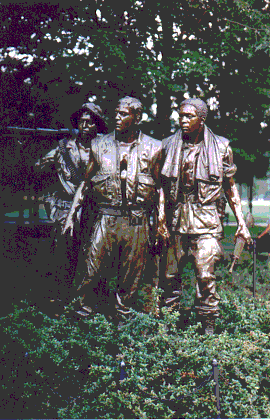All Nonfiction
- Bullying
- Books
- Academic
- Author Interviews
- Celebrity interviews
- College Articles
- College Essays
- Educator of the Year
- Heroes
- Interviews
- Memoir
- Personal Experience
- Sports
- Travel & Culture
All Opinions
- Bullying
- Current Events / Politics
- Discrimination
- Drugs / Alcohol / Smoking
- Entertainment / Celebrities
- Environment
- Love / Relationships
- Movies / Music / TV
- Pop Culture / Trends
- School / College
- Social Issues / Civics
- Spirituality / Religion
- Sports / Hobbies
All Hot Topics
- Bullying
- Community Service
- Environment
- Health
- Letters to the Editor
- Pride & Prejudice
- What Matters
- Back
Summer Guide
- Program Links
- Program Reviews
- Back
College Guide
- College Links
- College Reviews
- College Essays
- College Articles
- Back
French Re-Revolution
The year is 1687. Parliament has seized King James II’s power and is now ruling with an iron fist. The people’s lives are worse than ever before, and change needs to take place. The only problem is that Parliament is aware of this, and they are doing everything they can to silence any revolutionaries before things get out of hand. They have all suspects executed. However, they can’t hope to contain those revolutionaries that are working in the shadows.
Their closest threat is Maximillian Robespierre. Unbeknownst to them, this revolutionary has infiltrated the government and is working as a spy for the others. Parliament can’t make any moves without Robespierre knowing about it. This proves to be quite useful to Ernest Defarge, who is in charge of leading the troops. If it is found that Parliament is on their trail, Ernest is able to move the troops out of harm’s way before Parliament can move in on them.
Thomas Jefferson is a wealthy landowner, making him the ideal person to fund the revolution. After all, revolutionaries need weapons and food, which don’t come cheap. Working on the sidelines with Jefferson are the best thinkers among the group, James Madison and John Locke. Madison was a great leader, but preferred to stay away from the actual fighting. Locke thought likewise, preferring to formulate plans based on Robespierre’s reports. Their system was incredibly effective; Parliament was unable to take any action against them until the final battle of the revolution.
In the year 1689, the revolutionaries started to fight against Parliament’s forces. Their guerilla style fighting often forced the enemy to surrender or die. Parliament’s generals soon implemented guerilla warfare to combat the French troops, but they were inexperienced in this style of fighting, and suffered defeat after defeat. Ernest Defarge led the charge in all of the major battles, against his wife’s protests. Madame Defarge preferred that her husband stay out of the revolution, or at least participate in a subtler way, as she did.
Madame Defarge was widely feared throughout France. Even those who had never met her knew of her ferocity. When someone important needed to be killed, she knitted the person’s name into an article of clothing and had it sent to the French troops. She did this so that the English would not be bothered to intercept the messengers. “What kind of general would send his men to steal one scarf,” she said to anyone who didn’t understand her reasoning.
With the final battle approaching, Madison and Locke started gathering the troops. They gave the battle plans to Ernest and waited for England to make their move. They did so on November 26, 1689, which also happened to be the coldest day of that year. The English troops were at a disadvantage to the French. Unlike the French, they had not been receiving knit scarves and gloves on a weekly basis for the past two years (you were right Madame!). While the English were too focused on fighting frostbite, the French moved in, with Ernest Defarge leading the charge, wearing a bright pink scarf sent by his wife (this one had his name on it, which caused him great concern).
The French were victorious, but the battle had cost them dearly. Madame Defarge had a love for pink yarn, so the French army was adorned with pink scarves, hats, and mittens, costing them their dignity and self-respect. Although that price was far easier to pay than the price for telling Madame Defarge how they felt about the color…

Similar Articles
JOIN THE DISCUSSION
This article has 0 comments.

This story was an assignment from World History. We were given a cast of historical figures and tasked with rewriting the French Revolution using those figures. I hope you enjoy!